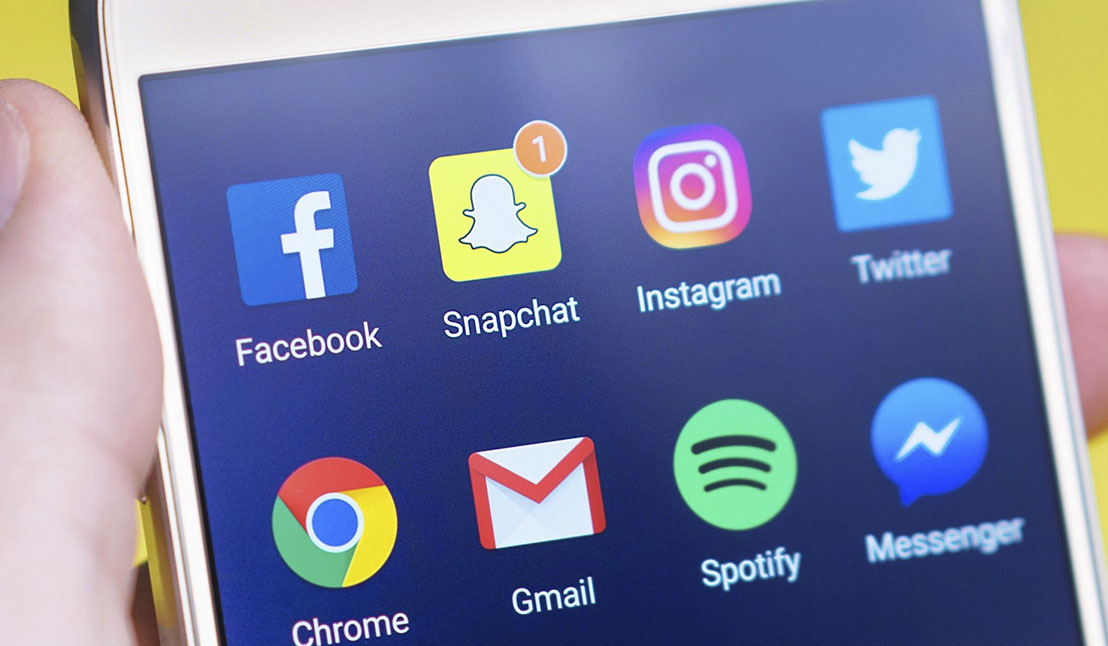 Trends and innovation
Trends and innovation
Communication on Social Media
Communication has evolved due to the rising popularity of social media, today becoming known as communication 2.0. Social media provides different channels through which you can offer and talk about the same product or service. That’s why social monitoring is so important surrounding conversations about your product. But we must take into account that each app has a different way of talking, a different language, so it is very important not to create the same content or implement the same message for all social media apps, even if we are talking about the same brand. Why?
The Language of Social Media
Even though everyone has an account on practically each social media app, they’ll always have a favourite, yes, there is a social media app out there for everyone, and you can’t talk on Twitter the same way you would on LinkedIn. You need to know how to differentiate between them and handle them when creating message for social media. Depending on the language used in each one, you can improve metrics such as the engagement rate on each app.
For example, on LinkedIn or on blogs, communication will be more formal than communication on Instagram, Facebook, Snapchat or even TikTok. But let’s talk about how communication through different social networks should be for each of them separately.
Communication on social media according to each app
- LinkedIn: On this app, it’s clear that you’re looking to build professional relationships with common interests. Formal communication should be used here, but with a warm tone for the user, to build friendly relationships that build a feeling of trust and closeness.
- Twitter: Messages should be short and sweet. Users on this app like hearing information in real time, so language on Twitter should be informal and informative, and most important of all, make the most of joining trends on this app.
- Youtube: We know that this is a much more open channel, it offers the possibility to be more creative when offering a product or service. It should be entertaining and even better if communication is informal while still being informative.
- Facebook: This social network allows brands to be much more emotional and reach out to the user. That’s to say that a more emotional type of message is appropriate. When you reach out to the user emotionally, you have already gained a lot of ground in any field of marketing.
- Instagram: It’s no secret that this app is the most visual out of them all. People use the app more so for the images rather than the content of the captions, and it’s normally even more emotionally charged than Facebook. It’s very important to talk personally and emotionally with the user on this app.
Sometimes, at first glance, you would think that the tone used for good communication on social media has only to do with how each brand communicates, but no, it is important to consider the type of social network. We are addressing different communities, if we know how to talk to the user in the right way, we will easily connect with customers, attract new customers, and stay with old customers. The use of language in social networks is the key to achieving brand goals.



